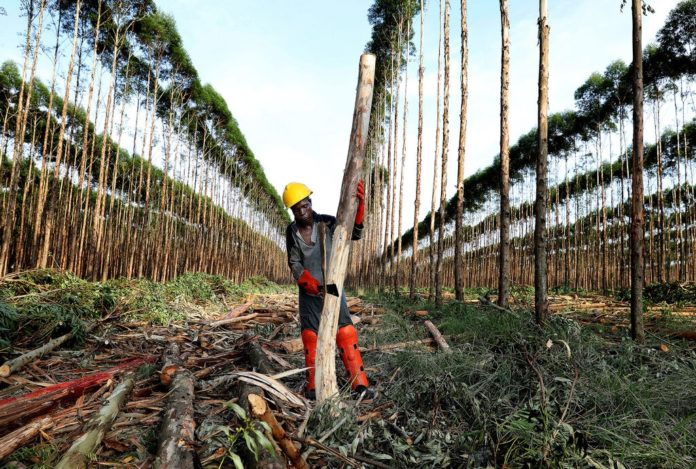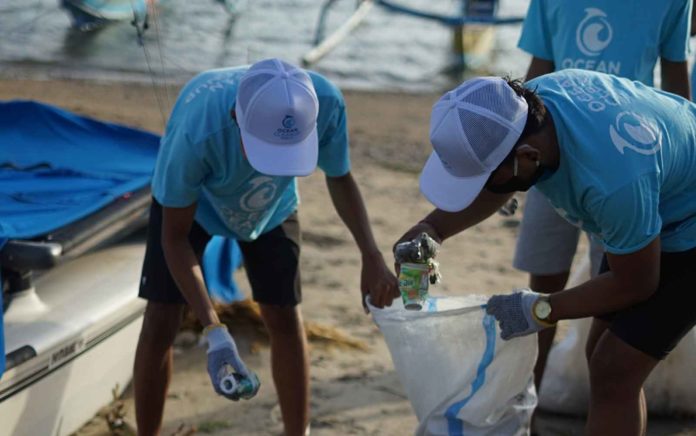Clothing is crucial for everyone. It’s how we express ourselves. Our clothing choices represent our identity. And for many, it’s a fantastic feeling. The fashion industry is rapidly expanding, with more and more fashion labels entering our consumer culture. We now live in an interconnected society, with an unprecedented desire for the trendiest outfits. The global fashion sector has developed at an exponential rate during the last six years.
Statista estimates the global apparel market size to be $1.58 trillion in 2018, $1.73 trillion in 2023, and $1.74 trillion by 2024. These figures are excellent for business, but they come at a high cost to the environment. The fashion industry contributes to 8–10% of all global emissions. A UN report reveals that this industry surpasses the combined aviation and shipping sectors.
Fashion production primarily involves cotton, synthetic materials like polyester, and leather, as these are the primary sources for clothing. Cotton production accounts for 16% of global pesticide usage, resulting in 217 million cubic meters of water pollution. Over 14 million tonnes of microplastics have accumulated on the ocean floor, with 35% of these coming from clothing, according to research. The harmful effects of contaminated water on aquatic and plant life are even more severe. The United Nations Environment Programme (UNEP) and the Ellen MacArthur Foundation reveal that textiles, a “water-hungry” industry, consumes approximately 4,000 liters of water to produce a pair of jeans. This is owing to the different synthetic materials utilized in the manufacturing process.
It is commonly known that global clothing manufacturing has doubled since 2000, although it has only been worn for half that time. According to Bloomberg, the average American discards up to 70 pairs of trousers worth of clothing per year. A habit fueled by brands feeding into the culture. the trendiest and coolest things out there. To reduce the fashion industry’s ever-increasing waste pile, brands have been urged to abandon “fast fashion” in favor of more lasting and environmentally friendly solutions.
As consumers, we should be mindful of the durability of the materials we purchase and be concerned with their composition. This will help us make better decisions about our wardrobe. Giving clothes we no longer need to individuals in need is a step toward reducing the amount of clothing waste that ends up in landfills.





